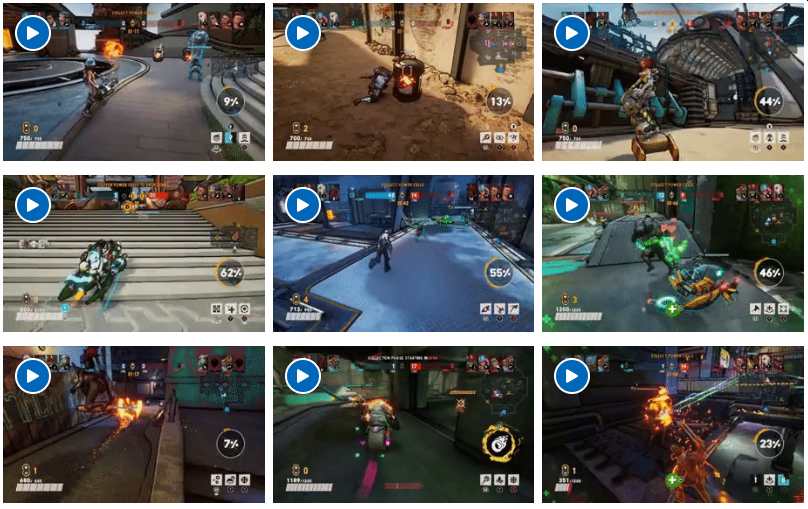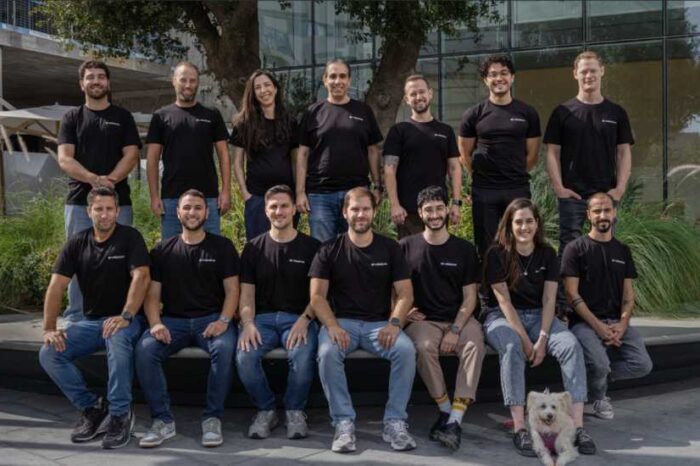Microsoft unveils Muse, a generative AI model that creates video games and generates gameplay

Microsoft CEO Satya Nadella just hinted at something big. “If you thought AI-generated text, images, and video were cool, just wait until AI starts creating entire interactive environments like games.” That’s exactly what Microsoft is attempting with Muse, a generative AI model that can produce video game sequences on the fly.
AI is already transforming industries, from coding assistants to AI-generated art. Now, game development is next in line. But while Microsoft paints a picture of AI-assisted game creation, the question remains: Is this truly a breakthrough, or just another tech demo that won’t scale?
In a post on X, Nadella shared a video showcasing CoPilot Labs’ latest breakthrough: CoPilot Game Experiences. In the clip, a user simply says, ‘Hey CoPilot, let’s play Bleeding Edge,’ and moments later, the AI generates the game in real time.
If you thought AI-generated text, images, and video were cool, just imagine entire interactive environments like games! pic.twitter.com/20XV1rwjrr
— Satya Nadella (@satyanadella) February 19, 2025
Microsoft’s New Generative AI Model for Gameplay—A Game Engine Without the Engine?
Muse is part of Microsoft’s World and Human Action Model (WHAM) project. It doesn’t just generate images or text—it predicts and recreates entire video game experiences based on past gameplay. That means it can simulate game visuals, predict controller actions, and even generate gameplay interactions.
For years, Microsoft partnered with Xbox Game Studios’ Ninja Theory, the Cambridge-based developer behind Bleeding Edge, to gather gameplay data from the 2020 Xbox title. Bleeding Edge is a 4v4 online multiplayer game, with matches recorded only when players consent through the End User License Agreement (EULA). The research team worked closely with Ninja Theory and Microsoft’s compliance teams to ensure the data was collected ethically and used responsibly for research.
Until late 2022, Bleeding Edge had primarily served as a platform for human-like navigation experiments. However, the vast dataset of human-player interactions remained largely untapped. Inspired by the success of text-based models, researchers posed a pivotal question: What could be accomplished by training a transformer-based model on extensive human gameplay data?

The Muse AI was trained on the video game Bleeding Edge (Credit: Microsoft)
Here’s how it works:
- Trained on 7 years of gameplay data from the multiplayer game Bleeding Edge
- Uses AI to generate new game sequences while maintaining physics consistency
- Can adapt to real-time player changes, like character swaps or object placements
- Available for developers to experiment with via the WHAM Demonstrator and Azure AI Foundry
Microsoft developed Muse in partnership with Xbox Game Studios’ Ninja Theory, and the company is now open-sourcing some of its model weights and training data. That means developers can dig into the tech themselves, testing whether this AI is a practical tool—or just a flashy experiment.
Generative GamePlay
Below are examples of gameplay sequences generated by Muse (WHAM-1.6B), demonstrating its ability to create complex, multi-minute gameplay simulations with consistency. Each sequence was generated by providing Muse with 10 initial frames (1 second) of human gameplay along with the full set of controller inputs for the play session.
Muse operates in “world model mode”, predicting how the game progresses from the initial prompt. The closer the generated sequence aligns with actual gameplay, the more accurately Muse has captured the game’s mechanics and dynamics.
Can Muse Actually Build Games? The Answer Is… Complicated
AI-generated game content isn’t new. Google once built an AI that could recreate a playable version of Doom without access to the game engine. But there’s a massive difference between recreating a 30-year-old shooter and generating a modern, complex 3D game.
Muse, however, isn’t just generating static gameplay footage—it’s producing playable sequences that obey game physics. According to Katja Hofmann, a lead researcher at Microsoft, the AI is able to “learn a deep understanding of this complex 3D environment” just by predicting what happens next in a gameplay sequence.
But there’s a catch.
- Muse is limited to recreating Bleeding Edge sequences—it can’t create new game mechanics, new levels, or entirely original game concepts.
- It’s unclear whether training Muse on other games would allow it to generalize across different gaming styles.
- Studios looking for AI-powered game testing might not need generative AI at all—traditional game engines already do this far more efficiently.
As Mike Cook from King’s College London put it: “This is still a long way from AI designing games on its own.”
AI in Game Development: A Tool or a Threat?
Microsoft surveyed game developers to understand how they might use an AI like Muse. The AI can dynamically adjust gameplay based on real-time changes, which could help test mechanics or explore alternate scenarios.
But is this actually something game studios will adopt?
That’s where skepticism kicks in.
- Muse took seven years of training data just to work on one game.
- Most game studios can’t afford to train AI models at that scale.
- Even Microsoft isn’t committing to using Muse for actual game development.
According to Georgios Yannakakis from the Institute of Digital Games, the cost of training AI like Muse makes the entire concept questionable. “Microsoft spent years collecting data to prove this works. But would a real game studio actually invest in this?”
And that’s where this story takes a turn.
When asked whether Microsoft’s own Xbox gaming division would use Muse for game development, the company declined to comment.
The Big Question: Will AI Actually Design Games Someday?
Muse is impressive, but it has fundamental limitations. Creating a seamless game sequence is one thing—building a game from scratch is an entirely different challenge.
Modern games are defined by creativity, introducing new mechanics, fresh narratives, and unique gameplay elements. AI, for now, is still locked inside the constraints of its training data.
“One of the ways a game stands out is by changing its systems and introducing new ideas,” said Cook. “That makes it incredibly difficult for AI to go beyond what it’s already seen.”
So, will Muse revolutionize game development?
Right now, it looks more like an interesting research project than a practical tool for studios. But if AI continues to evolve, game designers may soon find themselves working alongside AI—not being replaced by it.
And that raises a bigger question: Is AI the next great collaborator in game development, or is it quietly learning how to replace human creativity?
Time will tell.





